IDD Indepth
When Indian Navy’s Russian-made carrier borne fighter jet, a MiG 29-K, crashed into the Arabian Sea on November 26, it was not just another crash, it put a question –mark over New Delhi’s aspirations of acquiring a wider role in the Indian Ocean.
Without an airborne combat platform that is at par with most modern Navies, Indian hopes of being counted as a true blue-water force, remain stymied. The term blue-water defines the ability to carry out operations at sea. Indian Navy has everything — its own satellite, an aircraft carrier, newly added latest submarines besides warships carrying missiles like the BrahMos.

The ‘punch’ which a fighter jet can deliver at sea gets questioned with frequent failures of the MiG 29K, which is otherwise capable of operating 1500 kms away from its mother ship, the 49,000 tonne aircraft carrier INS Vikramaditya. The crash was the third within the last twelve months and the fourth overall for the 45-strong Indian fleet which was ordered in two tranches in 2004 and 2010 at a cost $ 2.2 Billion. The fleet has been plagued by multiple issues of serviceability and engine failures, repeated corrections to the engine, the RD MK-33, have not helped.
The twin-engined MiG-29K, is the primary Naval combat platform of India and is also slated to be on board the under-construction carrier INS Vikrant, that is set for sea-trials in early 2021. The MiG 29K fleet is home-based at the Indian Naval air station INS Hansa at Goa. A part of the fleet is also on deployment at INS Dega, on the east coast at Vishakapatnam.
The Auditor had objected
India’s chief auditor, the Comptroller and Auditor General (CAG) in its report tabled in Parliament in July 2016, had pointed out to the occurrence of mid-air engine failures of the MiG-29K saying it was riddled with problems relating to airframe, its engine (RD MK-33) and poor reliability of the fly-by-wire system. Since the CAG assessment there has been no public statement by India on issues related to the fleet of MiG 29K.
“Even as the RD33 MK engine was considered an advancement over the engine of the MiG29, its reliability remains questionable”
CAG report
Serviceability of MiG29K is low, ranging from 15.93 per cent to 37.63 per cent, and that of MiG-29KUB (the trainer version), ranging from 21.30 per cent to 47.14 per cent. “Serviceability” implies that the aircraft is available and is not undergoing a scheduled repair or overhaul at any level. “It is clear that the serviceability of MiG-29K was unsatisfactory,” the report had said. Read it here
The CAG said the life of the aircraft was 6,000 hours or 25 years (whichever is earlier) and with issues facing the plane, the operational life of the aircraft already delivered would be reduced.
As of September 2014, 65 engines (42 with 21 aircraft and 23 spares) had been accepted, it said. “Since induction in February 2010, 40 engines (62 per cent) had been withdrawn from service or rejected due to design-related defects and deficiencies,” the report said.
Defects led to single-engine landings, meaning one of the engines failed mid-air and the pilot landed back on one engine.
At the 18th Indo Russian Inter Governmental Commission – Military Technical Cooperation (IRIGC-MTC) (August 2015) defects were pointed out.
“defects had occurred despite numerous design improvements and modifications and regular occurrence of these defects on sortie to sortie basis was having an adverse impact on Indian Navy pilots training and capability of aircraft for undertaking prolonged deployments”.
CAG report
India looking at US and European partners
Back in 2004 when India was first negotiating the deal for MiG 29K jets from Russia, there was a non-existent military trade relationship between the US and India, rather the US had sanctioned India for the 1998 nuclear test. Russia was the natural go-to partner for India, however, in 2020 things have changed drastically. Read here US India trusted partners

In January 2018 the Indian Navy issued a Request for Information (RFI) seeking to buy 57 deck-based fighters for an estimated cost of about 95000 crores (USD 9.5 Bn). International players like Boeing with the F/A-18 and Dassault aviation with the Rafale-M are in the race for the tender
These jets are intended use as day-and-night capable, all-weather, multi-role, deck-based combat aircraft which can be used for air defence, air-to-surface operations, buddy refuelling, reconnaissance, etc, from Indian navy aircraft carriers. Read the RFI here

Indian Navy is evaluating responses to the RFI including a crucial compatibility of these jets with with Indian carriers. The INS Vikramaditya and INS Vikrant, are both fitted with ski-jump assisted Short Take-Off But Arrested Recovery (STOBAR) launch systems for launching aircraft. The proposed third carrier of the new Vikrant-class, the INS Vishal, some 65,000, is likely use a catapult assisted take-off but arrested recovery (CATOBAR) aircraft launch system, the same as the US Navy.
US-based Boeing claimed that it had carried out the necessary tweaks (read it here) to allow the fighter to take-off using a Ski-Jump. The F/A-18 Block III, was designed to operate from U.S. flattops using a CATOBAR aircraft launch system, which allows for the deployment of far heavier and better armed fighter jets than the STOBAR launch system.
Some MiG 29K’s were in Malabar.
Just a few days ago images had been released of MiG 29K taking part in the four-nation exercise Malabar 2020 from November 17-20 on the West coast of India. The Navies of the US, Japan and Australia participated in the exercise. A group of four MiG 29K’s even flew a joint sortie with the Boeing F/A 18 jets of the US Navy. Other than the India, all the others use US origin planes for over-sea flying.

The four crashes
A MiG 29 K fighter jet of the Indian Navy crashed over the Arabian Sea off Goa, on the country’s western coast, on November 26. Prior to this, On November 16, last year, a MiG-29K trainer aircraft crashed outside Verna village in South Goa district. Both the pilots ejected safely and even earned a gallantry award for steering the flamed out jet away from habitation and also an oil dump off Zuari river in the state of Goa. On February 23 this year a MiG 29K crashed following a glitch. Earlier on Jan 3, 2018 a jet had to abort a take off from Goa following a technical issue, the plane burst out in flames, the pilot survived. June 8, 2019 a detachable fuel tank of an MiG-29K crash-landed on the runway at Goa, spilling fuel and causing minor damage to the landing and take-off strip





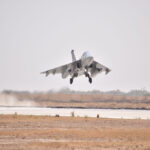
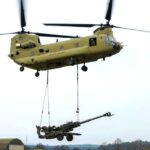

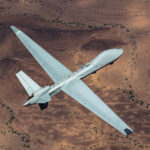
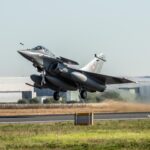


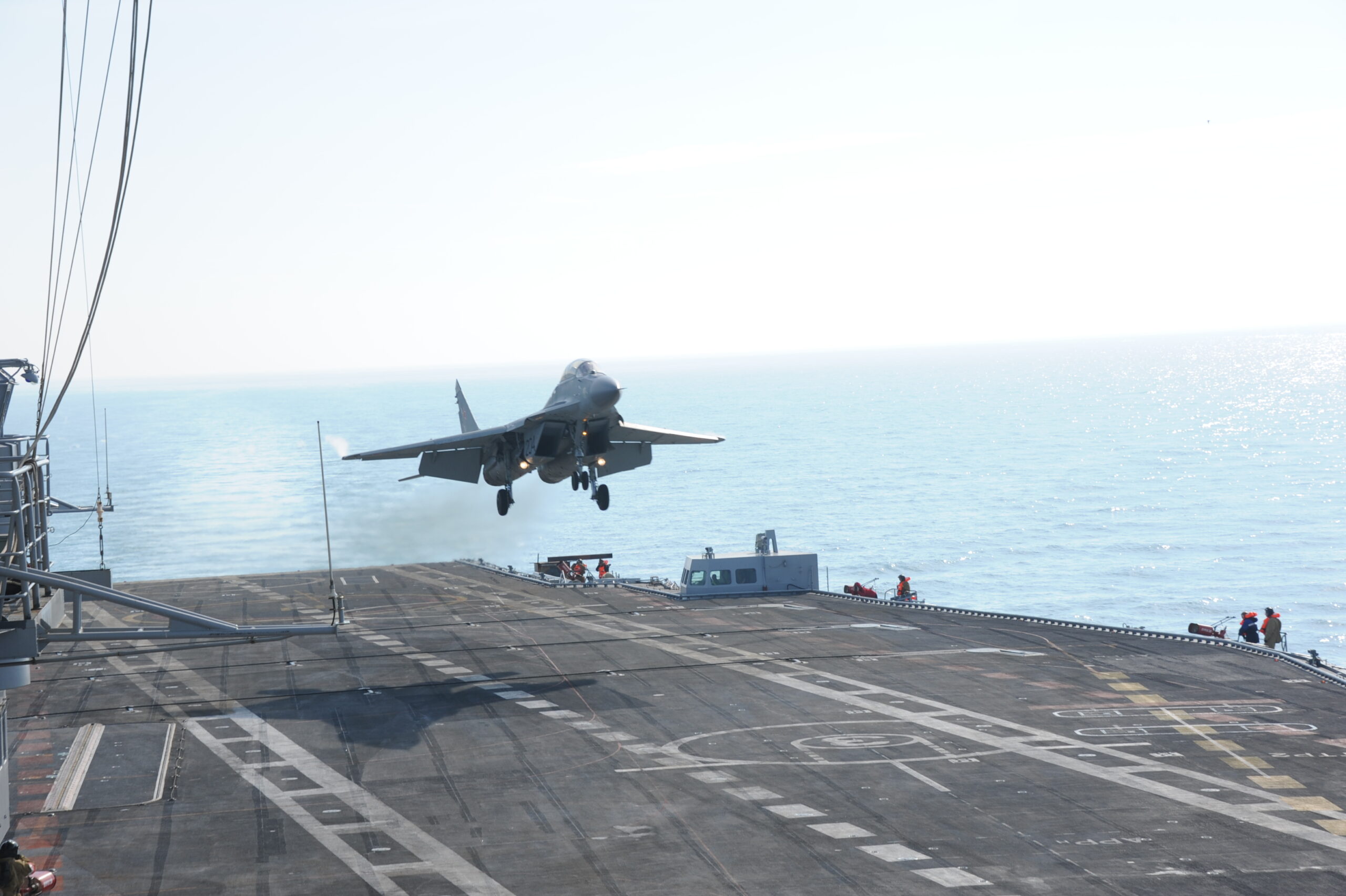


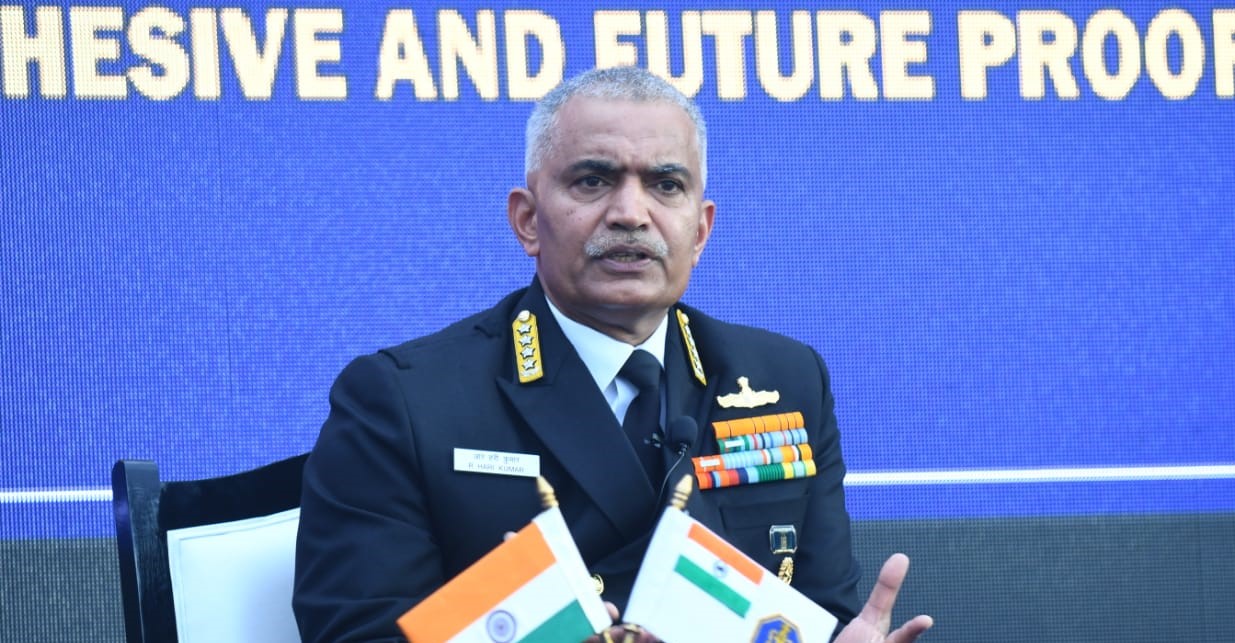
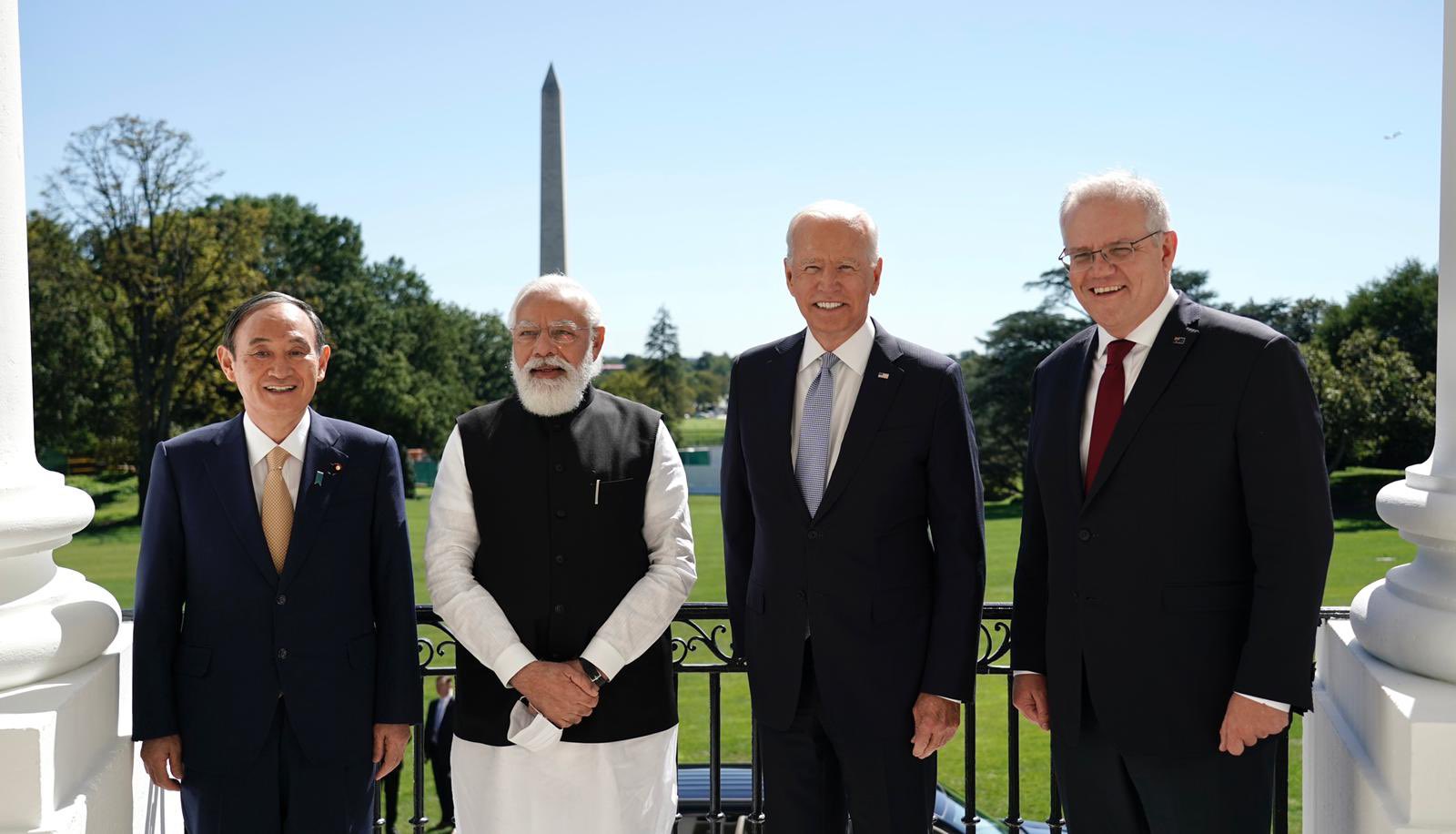

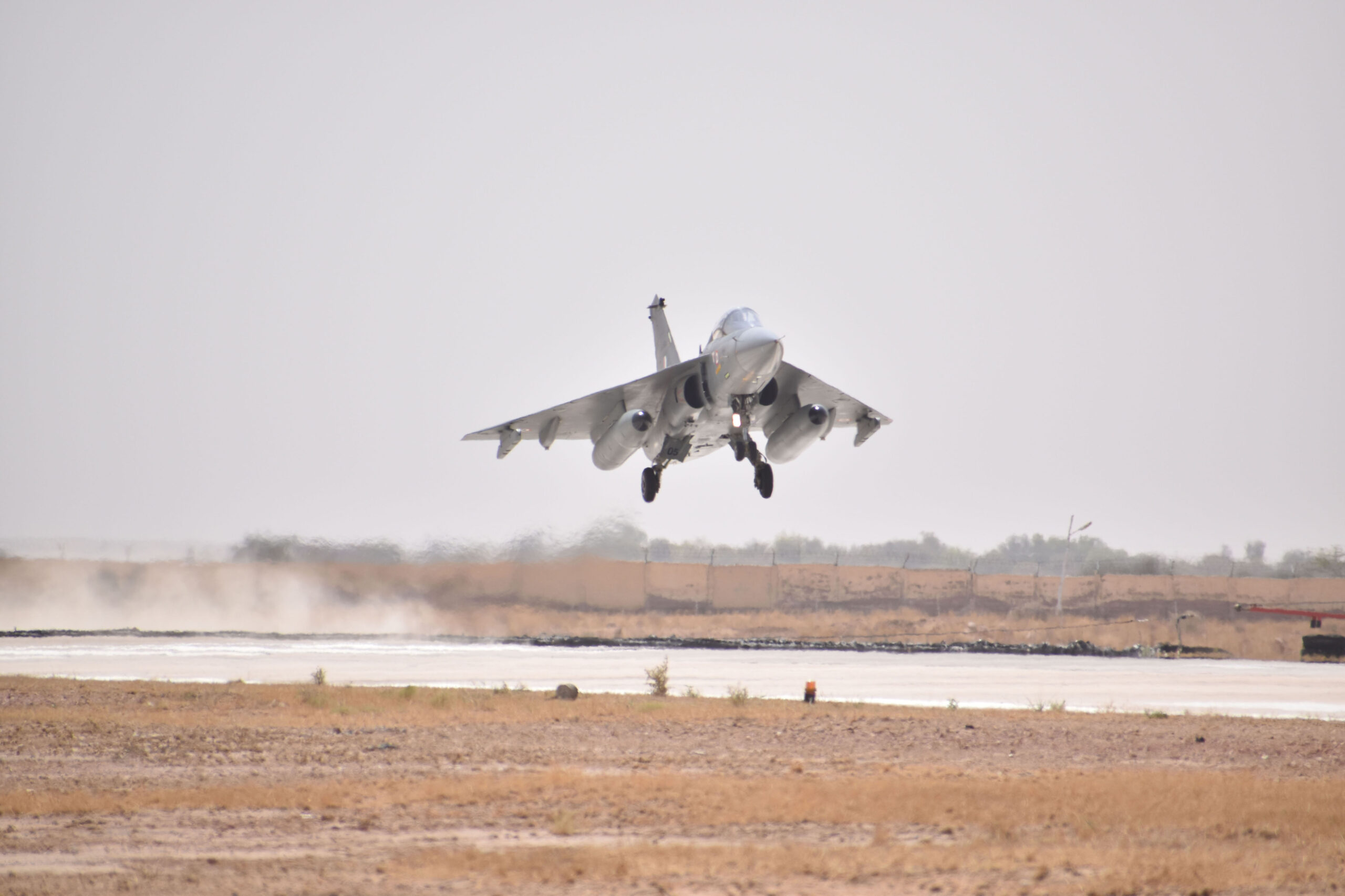
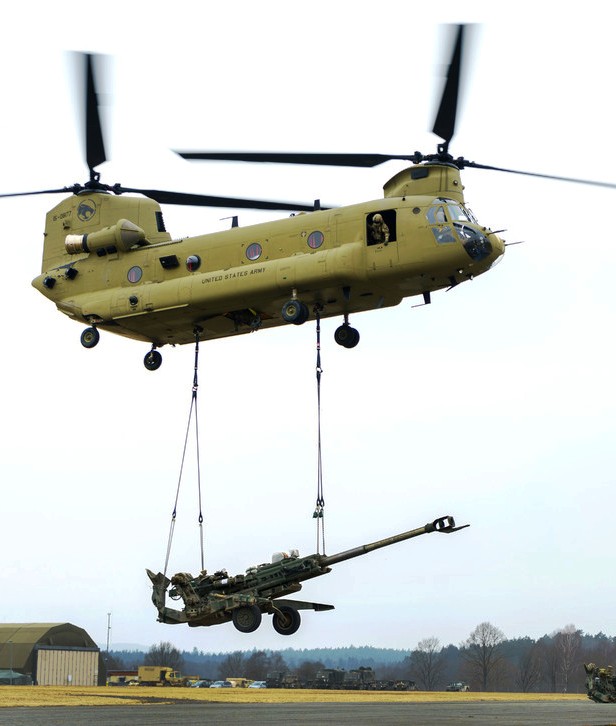
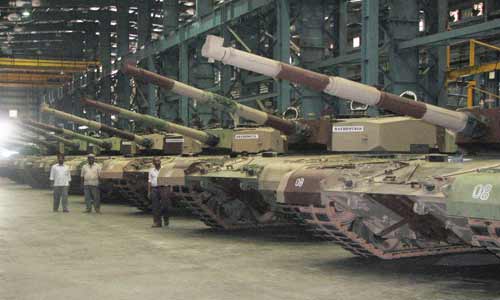
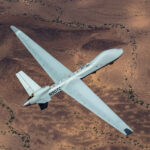

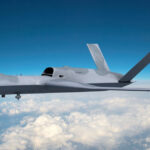
Recent Comments